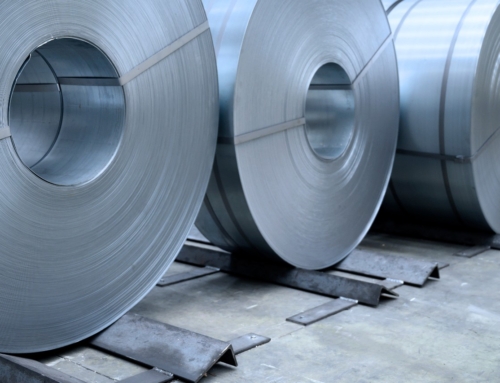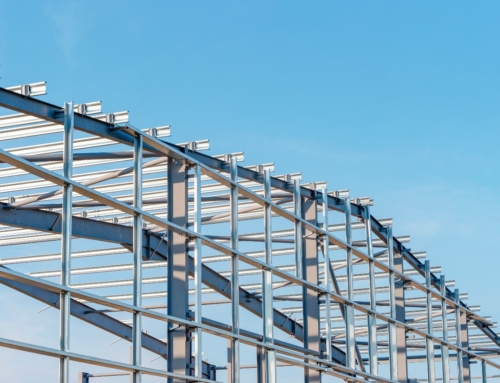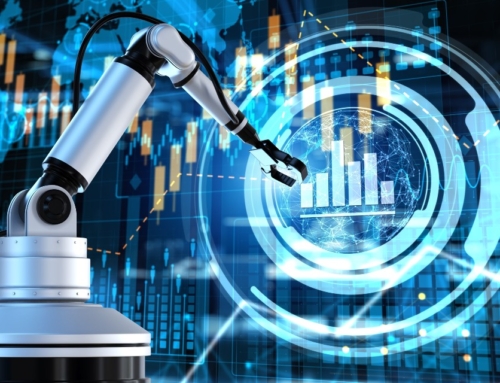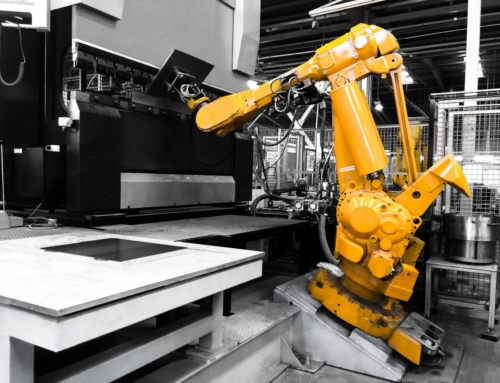Metal fabrication: the impact of new digital technologies on the industry
All the advantages of new digital technologies in the production of metal carpentry
Metal fabrication is fundamental in the manufacturing industry for the creation of structures and components essential for a wide range of applications, from civil and industrial construction to the manufacture of machinery and vehicles. This production sector has always been based on manual and mechanical processes, requiring highly specialized craftsmanship skills and a considerable investment in equipment and materials. However, the advent of new digital technologies is radically transforming the way metallic carpentry is designed and manufactured.
Technologies such as computer-aided design (CAD), 3D printing, robotics, advanced automation, and the use of sophisticated management software are revolutionizing every aspect of the industry. These digital tools offer many advantages, including greater precision, efficiency, speed and flexibility in production, while reducing costs and waste.
Let’s see more specifically what has been the impact of new digital technologies on the industry, their main advantages and how they are changing the way companies design and produce metal carpentry.
Design and production of metal carpentry: the latest innovations
The design and production of metal carpentry has undergone a radical transformation thanks to the latest digital technological innovations, which have greatly improved the efficiency and quality of the processes. One of the main innovations that has revolutionized the industry is the adoption of Computer Aided Design. The CAD allows engineers and designers to create detailed three-dimensional models with a millimeter accuracy, allowing you to view, edit and optimize projects in real time. Thanks to this technology it is possible to reduce design errors, accelerate the development process and create higher quality end products.
At the same time, Computer Aided Manufacturing has improved and speeded up the production phase. CAM uses advanced software to control machinery with extreme precision, automating operations such as metal cutting, welding and bending. This not only reduces the margin of human error, but also increases production speed, allowing complex components to be manufactured in significantly reduced times.
3D printing, or additive manufacturing, is another significant breakthrough in the industry. This technology allows you to create three-dimensional objects by adding layer after layer material directly from digital models. In metal fabrication, 3D printing can be used to produce prototypes, custom components, and parts with complex geometries that would be difficult or impossible to achieve by traditional methods. This allows companies to accelerate the prototyping process and also reduce material waste, making production more sustainable.

Robotics and advanced automation have further improved the accuracy and speed of the production cycle. Robots can perform repetitive and challenging tasks with great accuracy, improving worker safety and reducing downtime. In addition, automation enables greater scalability of production and, consequently, a faster response to changes in market demand. The Internet of Things (ioT) has introduced the possibility to monitor and optimize in real time the performance of machines and production processes. Intelligent sensors and connected devices collect valuable data that can then be analyzed to improve operational efficiency, predict failures, and plan preventive maintenance, reducing machine downtime and maintenance costs.
Finally, the implementation of production management software, such as Enterprise Resource Planning (ERP) and Manufacturing Execution System (MES) systems, enables more effective planning and coordination of resources and production activities. These software provide an integrated, real-time view of the entire production chain, facilitating inventory management, material traceability and quality control. In this way, it is possible to optimize processes, reduce waste and improve the final quality of products.
All the advantages of new digital technologies for metal fabrication companies
As we have seen, new digital technologies have introduced a number of significant advantages for metal fabrication companies, completely revolutionizing both the design and production phase. In addition to greater precision and improved operational efficiency, using technologically advanced software and systems it is possible to obtain:
- cost reduction: automation and the use of advanced technologies such as robotics reduce labor costs and improve process efficiency. In addition, 3D printing reduces material waste, using only the amount needed to create the components, which results in significant savings on material cost;
- production flexibility: digital technologies allow greater flexibility in production. 3D printing, for example, allows you to create prototypes and customized components quickly and cost-effectively, facilitating adaptation to specific customer requirements and accelerating the time-to-market of new products;
- quality improvement: automated control systems and production management software ensure greater safety and quality in end products. The ability to monitor in real time each stage of production allows you to immediately identify and correct any defects, improving the overall quality of the processes;
- environmental sustainability: digital technologies contribute to making production more sustainable. The efficient use of materials, the reduction of waste and the optimization of production processes reduce the environmental impact. Adopting more sustainable production practices can improve the company’s reputation and open up new market opportunities;
- predictive monitoring and maintenance: the integration of the Internet of Things (iot) allows continuous monitoring of equipment and production processes. Intelligent sensors collect real-time data, allowing failure to be predicted and prevented through predictive maintenance, thereby reducing downtime and maintenance costs;
- competitiveness on the global market: the adoption of digital technologies allows companies to remain competitive in an increasingly demanding global market. Investing in constant innovation of production processes and business management means being able to offer high quality products at competitive prices, thus increasing opportunities for expansion and growth.
Ferrero Industrial metal carpentry: precision components made with advanced technologies
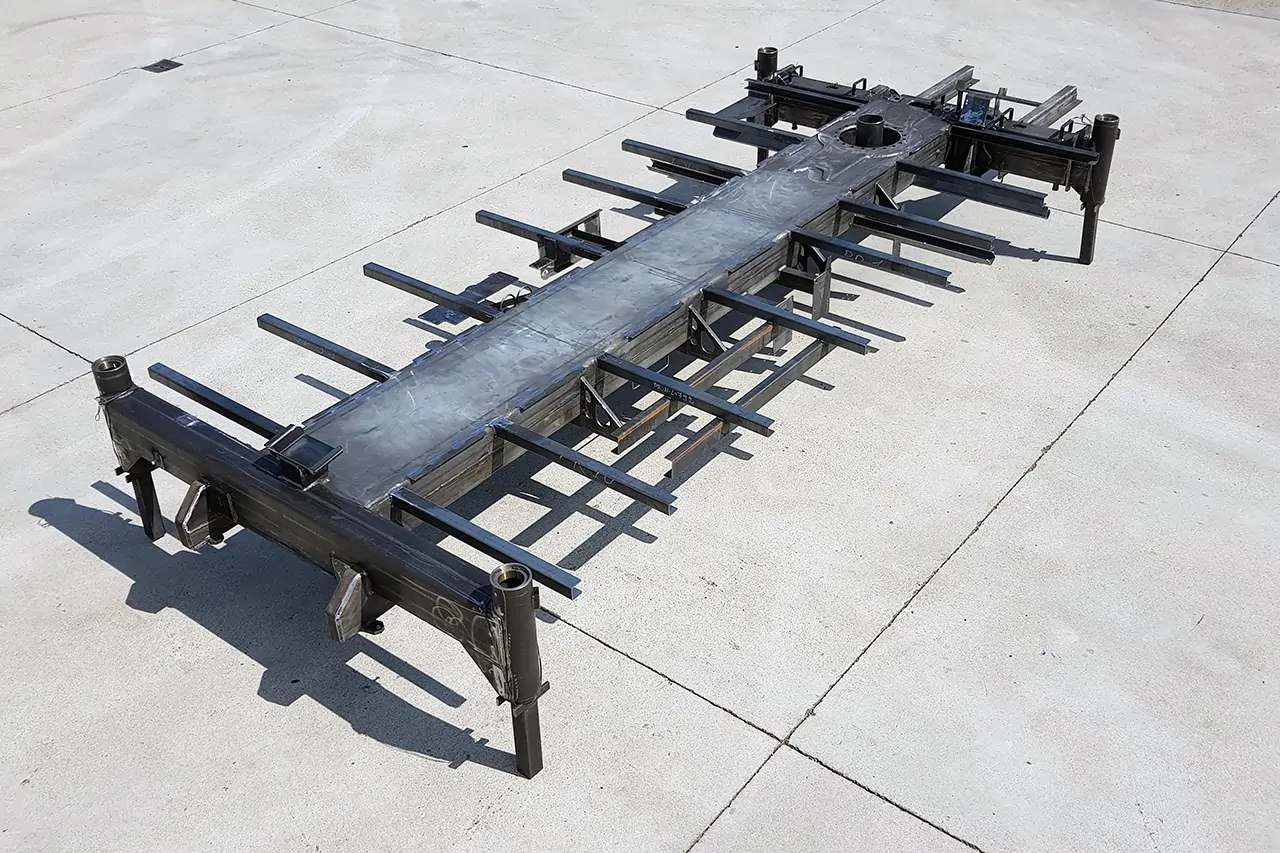 Ferrero Industrial stands out in the design and production of welded products and high precision metal components thanks to the use of advanced technologies and a constant search for innovative technical solutions. Specializing in the manufacture of aerial work platform equipment and drilling machines components, but also components for industrial vehicles, the company combines its extensive know-how with the latest generation of production processes to offer products of the highest quality and reliability.
Ferrero Industrial stands out in the design and production of welded products and high precision metal components thanks to the use of advanced technologies and a constant search for innovative technical solutions. Specializing in the manufacture of aerial work platform equipment and drilling machines components, but also components for industrial vehicles, the company combines its extensive know-how with the latest generation of production processes to offer products of the highest quality and reliability.
In the design area, engineers use assisted design software to develop extremely accurate 3D models, ensuring that each component meets stringent standards in terms of safety and performance, and that it responds exactly to the demands of every customer. Virtual models are then transferred to the productive department, where virtual design becomes executive. Here, through the use of advanced systems, high precision components are manufactured that ensure high strength and operational effectiveness. 3D printing is used for rapid prototyping and manufacturing of custom components, offering high production flexibility and significantly reducing development time. This technology also allows the testing and refinement of components before large-scale production, ensuring the production of final products that meet precise quality standards.


